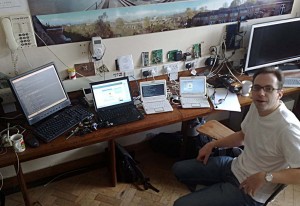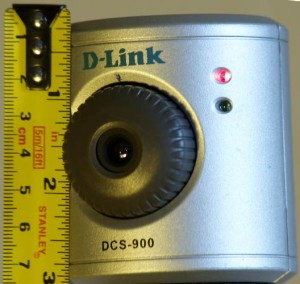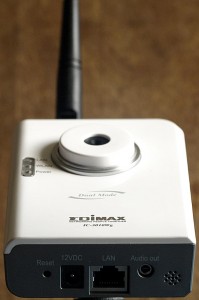 A much cheaper solution for IP video than the Axis Q7401, the Edimax IC-3010WG network camera is only £80 from use-IP.co.uk. For your money, you get a white plastic camera with a choice of wired or wifi network connections with a maximum resolution of 640×480 at 30fps. Video streams are available in either M-JPEG or MPEG-4, with a built-in microphone and 3.5mm audio-output jack. The lens is fixed focal length and autofocus down to about 25-30cm, there is a reverse-SMA connector for the supplied wifi antenna on top of the unit and a 1/4″W standard camera tripod thread unusually placed on the back. Continue reading
A much cheaper solution for IP video than the Axis Q7401, the Edimax IC-3010WG network camera is only £80 from use-IP.co.uk. For your money, you get a white plastic camera with a choice of wired or wifi network connections with a maximum resolution of 640×480 at 30fps. Video streams are available in either M-JPEG or MPEG-4, with a built-in microphone and 3.5mm audio-output jack. The lens is fixed focal length and autofocus down to about 25-30cm, there is a reverse-SMA connector for the supplied wifi antenna on top of the unit and a 1/4″W standard camera tripod thread unusually placed on the back. Continue reading
Tag Archives: technicalDevelopment
First look at the Axis video encoder.
Yesterday was our first opportunity to take the brand new Axis Q7401 video encoder for a test drive. It’s a well engineered and rugged unit which takes composite video and turns it into an M-JPEG or h.264 MPEG-4 stream. The Q7401 can be powered by either 12v DC or PoE, has an SDHC slot for recording video straight to flash memory, audio inputs and outputs, a serial interface for remotely controlling camera movements and an I/O connector for (e.g) plugging in sensors, or switching lights and buzzers. Continue reading
Trunking calls between Asterisk servers with IAX2.
At the end of last week we managed to create an IAX to IAX trunk between 2 asterisk servers on the local wired LAN. IAX trunking is a way to connect multiple Asterisk servers and allow clients of different servers to place calls to each other. Continue reading
Set up Asterisk conference calling with MeetMe.
I made my first (2-way) conference call on Asterisk/Meetme just now. To enable MeetMe with Asterisk, you first need to edit your meetme.conf in /etc/asterisk/ , mine looks like this:
Axis of Openness
Frustrated with the poor image quality and/or interfaces of our existing IP cameras, it’s time to search for better alternatives. New trends in IP camera technology include megapixel sensors, h.264 video encoding and, reportedly, open standards. There are several interesting open standards cameras on the market already:
- The stunningly high resolution Elphel series, which have a HD ‘film’ maker/developer community around them.
- The Freescale i.MX27 open reference design, again with a developer and enthusiast community.
- Enthusiast-developed projects around existing (proprietory interface) IP cameras; Edimax make some very affordable cameras, there are similarities between this and the famous Linksys WRT-54g firmware projects.
- Axis, one of the leading IP video hardware manufacturers, already has a history of open-standards involvement and is a part of the ONVIF open-interface group.
Testing IP cameras, part 2
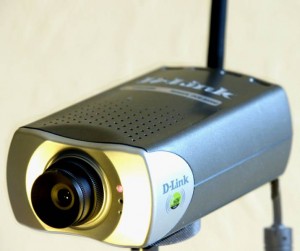 Now we’ve seen that the nice and simple DCS-900 is pretty handy when controlled from Linux with no ActiveX. Time to examine the much more complex DCS-3220g, which should give us MPEG-4 encoded video. It’s another rebadged Vivotek as far as we can tell. This camera has a built-in WiFi radio as well as wired ethernet, has an interchangeable lens and should support a 2-way audio link. It comes with a Windows software package for managing multiple cameras. Continue reading
Now we’ve seen that the nice and simple DCS-900 is pretty handy when controlled from Linux with no ActiveX. Time to examine the much more complex DCS-3220g, which should give us MPEG-4 encoded video. It’s another rebadged Vivotek as far as we can tell. This camera has a built-in WiFi radio as well as wired ethernet, has an interchangeable lens and should support a 2-way audio link. It comes with a Windows software package for managing multiple cameras. Continue reading
Testing IP cameras – pt.1
Since ERA already has some IP cameras from previous years, it’s probably time to dust them off and try them out with the new Asus 901s. We have a pair of D-Link badged items – a DCS-900 wired-only Motion-JPEG camera with a maximum resolution of 640×480 pixels, and a much fancier DCS-3220g which has 802.11g WiFi as well as wired ethernet, full PAL -sized MPEG-4 as well as Motion-JPEG output, sound support via an internal mic and line output socket and an interchangeable CS-mount lens. Continue reading
Using smartphones as …phones.
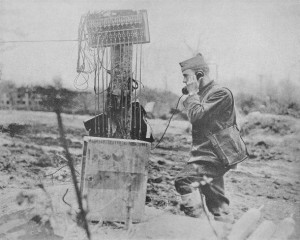
An early outdoor phone exchange
Could it be that the way to make a telephone call on a geology site would be to use a telephone? Now we seem to have some fairly stable WiFi networking hardware, and are considering that we might ditch the awkward netbooks for our ‘Sherpas’ in the field, perhaps we could use WiFi equipped smartphones for some of our outdoor networking needs?
Since we’re using SIP, we’ll need SIP software for any mobile phones we use, and there are obvious commercial reasons why most mobile service providers aren’t keen on this, but on the up side, bluetooth headsets are designed to be used with mobile phones so this could add another useful feature to the ERA toolkit.
Investigating video upgrades
During our field trials, it became clear that the built-in video camera on the Asus EEE 901 (and 701) is in the wrong place for our needs.
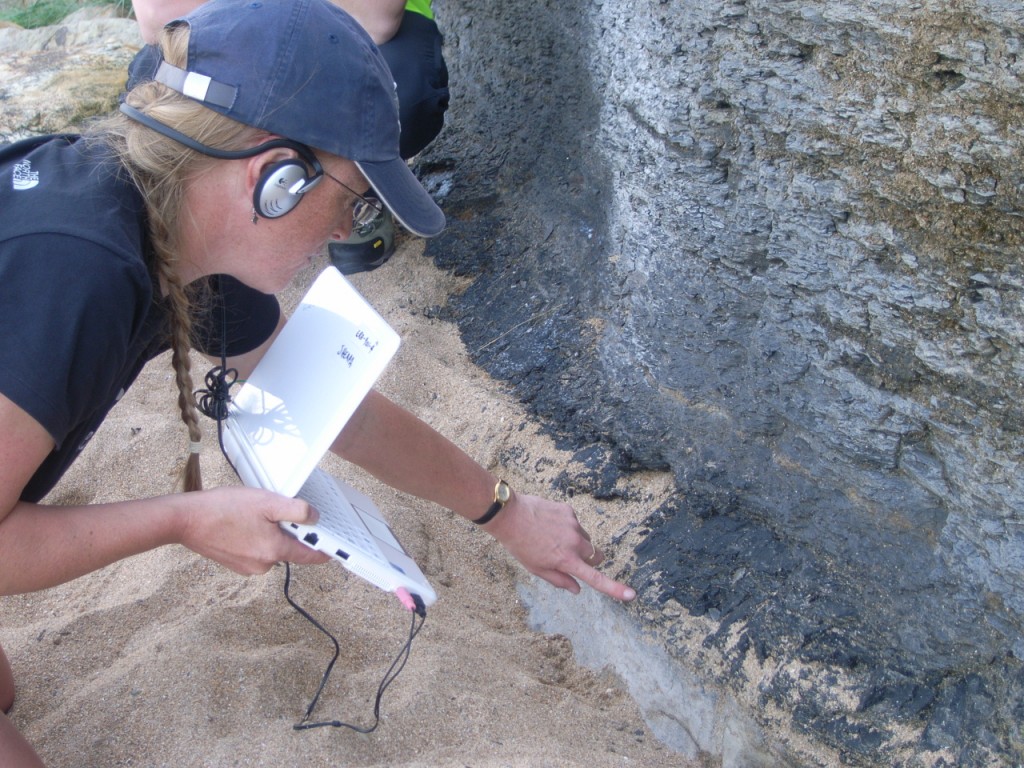
Using the Asus Eee PC 701's built in camera to capture geological features. The camera is built in to the top of the screen and is clearly designed for 'video diaries' or online video conferencing rather than capturing views of the landscape.
The 901 camera itself is a pretty good (for a plastic lens webcam) 1.3 megapixel device that’s supported in Ubuntu, but it faces the user, and we want it to face the rest of the world. Additionally, we found when using an external USB webcam, that being able to hold a smaller separate device or mount it on a helmet, rather than trying to point a whole netbook, was both easier and safer when clambering about on the rocks. From our experience and listening to the field geologists, we came up with a wish list of properties for a new video camera… Continue reading

